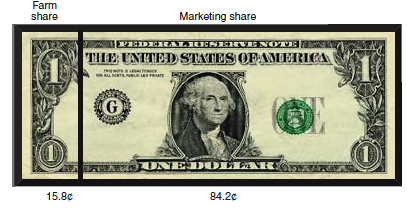FoodNavigator-USA has collected several of its articles on higher food prices. These, as I’ve mentioned previously, are due to a big range of causes: natural disasters (witness radioactivity in foods from Japan, crop failures, commodity trading, growing corn for biofuels, the declining value of the U.S. dollar, and how about just plain greed?
FoodNavigator is an industry newsletter, so its articles focus on the effects of higher prices on the food industry.
US food prices could surpass 2008 levels, says USDA: US food prices could surpass those seen during the 2008 food price crisis this year, as higher commodity and energy prices cause food makers to pass on costs, according to the US Department of Agriculture (USDA)…
USDA predicts rising food prices in 2011: The US Department of Agriculture (USDA) has said it expects the Consumer Price Index to rise by 2 to 3 percent in 2011, ending a period of near-stagnant food price inflation over the past two years…
Arab Revolt underlines the need for action to remedy high food prices: When Tunisian street vegetable vendor Mohamed Bouazizi chose to end his life in fiery suicide, no one could have foreseen the firestorm his death would unleash across the Arab world. But, two months later, as the Arab Revolt shows no sign of fading, the lessons to be drawn about food security are becoming abundantly clear…
Sara Lee to raise prices again on higher commodity costs: Sara Lee said it intends to raise the prices of its foods and beverages on the back of continuing commodity price pressure, as it reported nearly flat Q2 sales of $2.35bn…
Expected higher food prices could cause consumer caution in 2011: Consumers are set to manage their food budgets more carefully in 2011 as they brace for higher food prices this year, according to a new report from the NPD Group…




